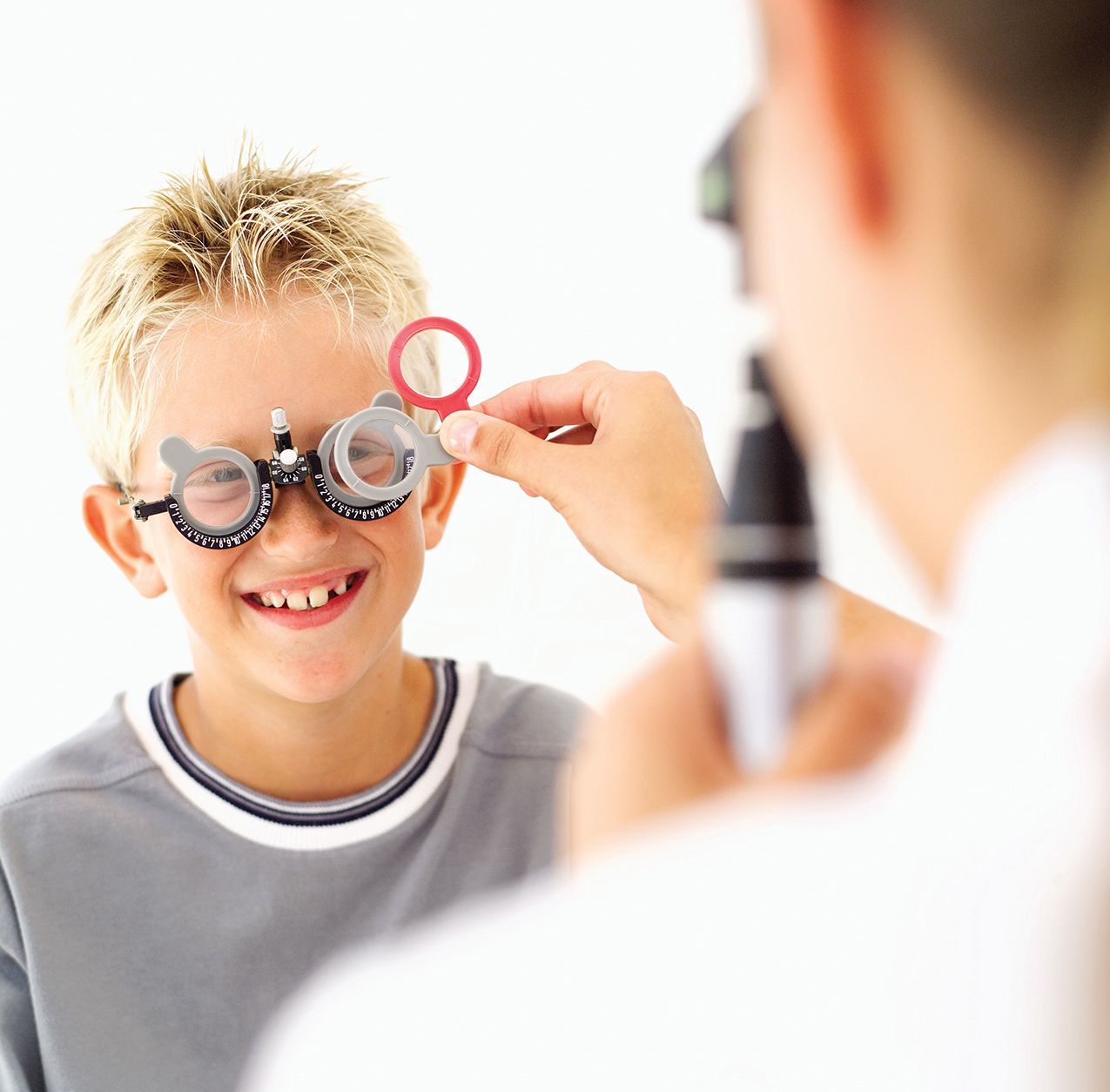Factors that can put kids at risk of vision problems
Vision can be taken for granted. Unless a person experiences diminished vision, temporary, or permanent vision loss, life without the ability to see is unimaginable. However, it is a reality for people across the globe, including many children.
The American Optometric Association (AOA) says children who exhibit certain ocular signs and symptoms require a prompt, comprehensive eye examination to reduce their risk of vision loss, noting certain factors can put kids at significant risk for eye and vision problems.
Pediatric ophthalmologist Steven Awner MD, says, “Knowing the factors that put kids at significant risk for eye and vision problems is important in helping parents recognize their children’s vision problems before they worsen and possibly lead to substantial vision loss,” pointing to the risk factors below:
- Prematurity, low birth weight, prolonged supplemental oxygen at birth
- A family history of myopia, amblyopia, strabismus, retinoblastoma, congenital cataracts, metabolic, or genetic disease
- Infection of the child’s mother during pregnancy, such as rubella, toxoplasmosis, venereal disease, herpes, cytomegalovirus, or human immunodeficiency virus, which can occur during pregnancy, and raise a child’s risk of eye or vision problems
- Maternal smoking, use of alcohol, or illicit drug use during pregnancy
- Cortical visual impairment (visual impairment due to brain injury)
- A difficult or assisted labor which may be associated with fetal distress
- High or progressive refractive error, such as myopia (nearsightedness) which worsens yearly
- Strabismus, a condition in which a person cannot align both eyes simultaneously, or under normal conditions, sometimes referred to as cross-eyed or wall-eyed
- Anisometropia, a condition that causes the eyes to focus unevenly, often marked by one eye being a different size or shape than the other
- Known or suspected neurodevelopmental disorders, such as autism, cerebral palsy, ADHD
- Systemic health conditions with potential ocular manifestations such as juvenile arthritis and lupus
- Eye surgery or previous eye injury
- Taking prescription or nonprescription drugs, including over-the-counter medications, supplements, and herbal remedies with potential ocular side effects
“Parents should also be aware of eye exam recommendations for their children’s ages,” says Dr. Awner. AOA guidelines recommend children receive their first eye exam between six and 12 months of age, and at least one additional exam between the ages of three and five, with annual exams for children between the ages of six and 17.
“Vision problems can affect youngsters of all ages and backgrounds. Knowing these risk factors can help parents know when to contact their child’s eye doctor,” says Dr. Awner.
Dr. Steven Awner is a Clinical Associate Professor of Ophthalmology. Dr. Awner trains and lectures pediatric residents, neonatology fellows, and ophthalmology residents, and serves as Medical Director of Pediatric Ophthalmology at Oishei Children’s Hospital where he performs complex ocular surgeries and treats premature infants. To make an appointment with Dr. Awner for your child, call 716-631-EYES(3937). See https://ecvaeyecare.com/ophthalmologist-steven-awner.php.












